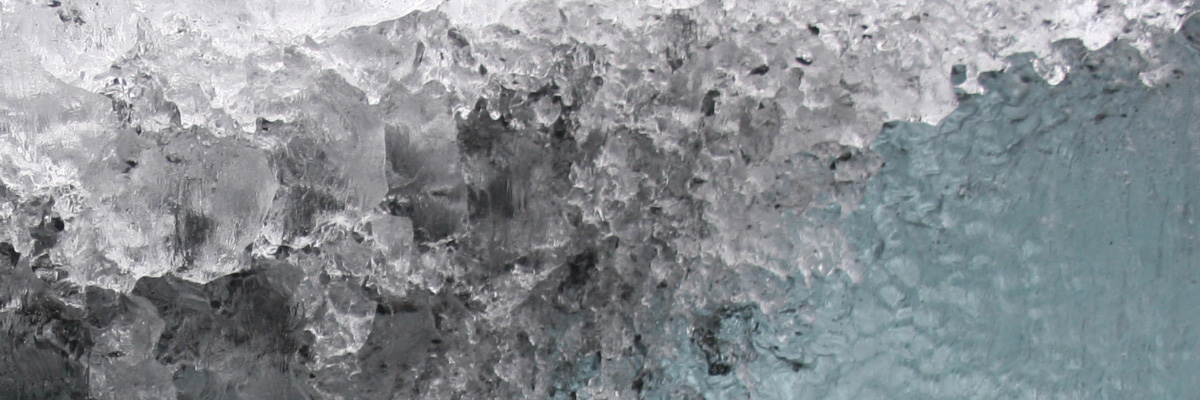Critical Zone and Global-Change Research
What we do
The environmental-science group studies contemporary surface processes, past environments, and the future of the Earth system. This group has two interrelated focuses; we operate in the critical zone, where physical, chemical, hydrologic, geological, and biological processes interact, to better understand the functioning of the Earth system. We also use our understanding of modern processes and patterns to uncover the impacts of global change. We work closely with one another and encourage students to develop projects that take advantage of our complementary interests.
Critical Zone: Hydrology, Geomorphology, Geochemistry, and Biogeochemistry
Our research in the critical zone seeks to understand how the Earth system “works.” Our modern-process studies use instrumental and sampling data that measure ecological, biogeochemical and climatic parameters at field sites. We integrate these data using computational models and laboratory experiments to develop a more complete understanding of the structure and function of the critical zone. Ongoing projects include snowmelt hydrology, stream restoration, fate and transport of metals, mineral weathering, soil formation, ancient and modern Mars surface environments, microclimate weather stations in Antarctica, carbon cycling in temperate forests and global peatlands. We emphasize course work in the disciplines of ecology, hydrology, glaciology, geochemistry, meteorology, and stable isotopes. Our research takes place in field locations across the globe, including Alaska, the Yukon, the Rocky Mountains, the Appalachians, Crete, South America, and the western Antarctic Peninsula.
Global Change: Ecology, Climatology, and Paleoclimatology
The Global Change group is interested in understanding the patterns and processes of natural and human-induced environmental changes at annual to millennial timescales. We employ multidisciplinary approaches to examine recent and ongoing changes in ecosystems, derive biological, geochemical, and geological proxy records from natural archives preserved in lakes, peatlands, glaciers, corals, and caves, and use computational modeling to understand recent historical processes and formulate predictions about the future. Our current research interests seek to understand global change through documenting the temporal and spatial patterns of hydroclimate variability, biological community and ecosystem responses to climate variability, peat carbon storage, geochemical and magnetic records, and through Earth system modeling, and understanding internal feedbacks. Faculty work with students on research projects in many locations, including the Great Lakes region, northeastern North America, Alaska, the Yukon, the Tibetan Plateau and northwest China, Patagonia, the western Antarctic Peninsula, and the Peruvian Andes.
Research Facilities
We have excellent field, laboratory and computational facilities to conduct research in hydrology, ecology, paleoecology, geochemistry, environmental magnetism, climate modeling, ecosystem modeling, GIS and remote sensing. Field equipment includes peat and sediment corers, field deployed datasondes, and automatic water sampling systems. General lab facilities are used for carbon and sediment analysis, sample processing, and optical and SEM/EDS analysis. Mass spectrometers and cavity ring-down instruments are available for stable isotope determination of C, O, H, and N, with ICP-MS for general aqueous chemistry. Magnetic analysis facilities include a cryogenic magnetometer in a field free room and a selection of demagnetization systems. Computational facilities include high-performance parallel clusters for climate models, and individual workstations for processing satellite remote sensing and GIS data.
If you're interested in graduate work at Lehigh, start here for links to the research we do, and then learn more about our graduate curriculum and our admissions procedures. More than anything, we encourage you to contact the person or persons you're interested in working with.


